If you’re buying a new washing machine and are researching the best washing machine brands, Canstar Blue can help. Each year our expert research panel goes out into the market, talks to hundreds of Kiwi washing machine buyers and conducts thorough consumer research.
We ask people how satisfied they are with their chosen brand of washing machine, and how it delivers across categories including design, performance and value for money. So to discover this year’s award winner, and for our full guide on buying the best washing machine read on:
2023 Winner of Canstar Blue Washing Machines Award: Bosch
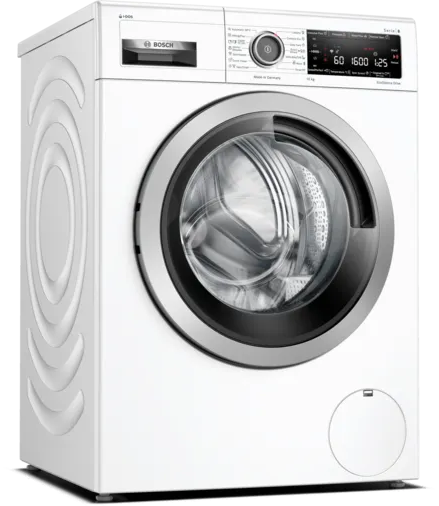
For the second year in a row, Bosch has taken out our top Washing Machines Award. This year’s top award comes on the back of Bosch also winning our 2023 Clothes Dryer Award.

Bosch is a brand that is synonymous with quality and design. It has three washing machine series covering eight front-loaders. Bosch’s cheapest washing machine is its 8kg Series 4 front-loader, which retails for around $1150.
Its Series 6 and Series 8 machines range from a 9kg machine, from around $1800, up to a top-of-the-range 10kg washing machine with smart connectivity and advanced 4D Wash System, which retails for approx $3000.
For the full rundown of our latest washing machines award click here!
Best Washing Machines: A Full Guide. In this article we cover:
- What kinds of washing machines are there?
- What size/capacity should I get?
- What additional features can I look for?
- Water and energy ratings
Different types of washing machines
Top loaders and front loaders are the two main types of washing machines. Your other option is a combination dryer and washing machine, but these are less common.
Top loader washing machines
Top loaders wash clothes in two ways:
An agitator: clothes are moved around by a central pole (agitator) in the middle of the drum.
An impeller: this whips up the water to move clothes using a propeller-like device at the bottom of the machine.
Top loader pros
-
-
- Lower buying price
- Faster wash cycles
- Larger capacity
- Can generally open the washer mid-cycle to add clothes
-
Top loader cons
-
-
- Agitators can be tougher on your clothes
- Use more water
- Usually consume more energy on a warm/hot wash
-
Front loader washing machines
A front load washing machine works by tumbling your clothes: it picks clothes up and drops them into water in a circular motion. It doesn’t use an agitator or impeller, like a top load washing machine. Instead, it relies on gravity for its tumble action in the drum. This helps to reduce the amount of water used per load, as you don’t need clothes to be completely submerged in water.
Front loader pros
-
-
- More energy efficient
- Larger range of cycle options, like spin speeds and temp settings
- Quieter noise levels
- Minimal lint washing clothes
- Can put a dryer above and save space
-
Front loader cons
-
-
- You typically can’t stop a front loader when mid-cycle to add clothes
- Generally longer wash times and smaller capacity levels than top loaders
- Expect to pay higher prices compared to top loaders
-
What size/capacity should I get?
There are plenty of options when it comes to picking a washing machine. A key starting point is to match the size of a machine to the size of your family. Typically, a larger capacity machine costs more upfront. But it is more suited towards larger families, so will save time, energy and money in the long run.
The capacity of washing machines is measured in kilograms (i.e. the kg weight of your clothes). Front load washing machines come in a wide range of sizes, so it’s easy to find the perfect fit for your laundry. Front loaders can be quite small, around 5-6kg in capacity. But you’ll also find plenty of larger washers, around 10-11kg in capacity. For average families, 7kg machines are regarded as an accommodating size.
As a general rule:
-
-
- 1-2 people = <6kgs
- 3-4 people = 6-8kgs
- 5+ people = >8.5kgs
-
What additional features can I look for?
- Wool or delicate cycles, which mean your machine will automatically adjust temperature and spin cycles to perfectly wash your clothes
- Spin speeds between 400 to 1800. These give you more customised options for different materials. A quicker spin speed means more water is drained, so drying times are faster
- Steam functions use hot water vapour to refresh, revive and dewrinkle garments
- Sanitise cycles use extra-hot water to kill bacteria during the wash cycle
- Smart sensors that adjust detergent and water levels to match the cleanliness of each load
- Delay functions allow you to wash clothes in time for you to get home
- Auto-balancing, which automatically adjusts the load to consistently wash and spin
- Self-cleaning cycles that wash the drum at an extremely high temperature to kill bugs and mould
- Wi-fi or apps. This gives you the freedom to start and stop your washing when it suits you
- Cold-only washing machines. These are more energy efficient as they heat the cold water as it comes into the washing machine, meaning you don’t have to use your own hot water supply. This saves power in the long run!
Water and energy ratings
In addition to various fancy features and size, the price of a washing machine is largely dictated by its water and energy efficient ratings. The higher the rating, the more efficient the washer will be, and the more you’ll stand to save in ongoing energy costs. However, the most energy-efficient washing machines come with higher price tags, so you’ll need to consider whether or not the extra upfront cost is worth it.
Washing machines can burn through power, especially on hot washes. And where electricity use is concerned, it always pays to check whether you’re getting the best deal. If you can switch to using your washing machine at a certain time of the day, why not swap to a provider that offers a free hour of power each day? Your savings could be considerable. To make choosing the best electricity provider easier, Canstar compares them on value and service.
Canstar Blue’s latest review of NZ power companies compares them on customer satisfaction. The table below is an abridged version of our full results, available here.
^ By clicking on a brand or 'details' button, you will leave Canstar Blue and be taken to either a product provider website or a Canstar Blue NZ brand page. You agree that Canstar Blue NZ’s terms and conditions apply (without limitation) to your use of this service,to any referral to a product provider from our website, and any transaction that follows. Canstar Blue may earn a fee for referrals from its website tables, and from sponsorship (advertising) of certain products. Payment of sponsorship fees does not influence the star rating that Canstar Blue awards to a sponsored product. Fees payable by product providers for referrals and sponsorship may vary between providers, website position, and revenue model. Sponsorship fees may be higher than referral fees. Sponsored products are clearly disclosed as such on website pages. They may appear in a number of areas of the website such as in comparison tables, on hub pages and in articles. Sponsored products may be displayed in a fixed position in a table, regardless of the product’s rating, price or other attributes. The table position of a sponsored product does not indicate any ranking, rating or endorsement by Canstar Blue. See How we are funded for further details.
Canstar Blue NZ Research finalised in April 2023, published in June 2023.
See Our Ratings Methodology
About the author of this page
This report was written by Canstar’s Editor, Bruce Pitchers. Bruce has three decades’ experience as a journalist and has worked for major media companies in the UK and Australasia, including ACP, Bauer Media Group, Fairfax, Pacific Magazines, News Corp and TVNZ. Prior to Canstar, he worked as a freelancer, including for The Australian Financial Review, the NZ Financial Markets Authority, and for real estate companies on both sides of the Tasman.
Enjoy reading this article?
You can like us on Facebook and get social, or sign up to receive more news like this straight to your inbox.
By subscribing you agree to the Canstar Privacy Policy

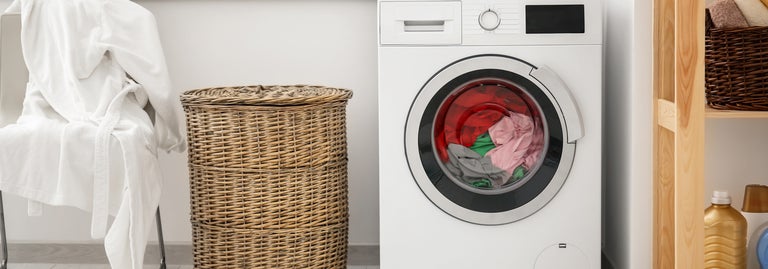
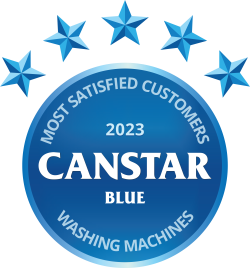
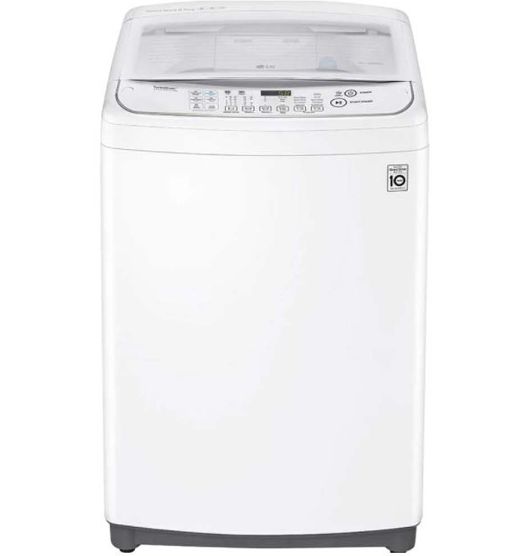
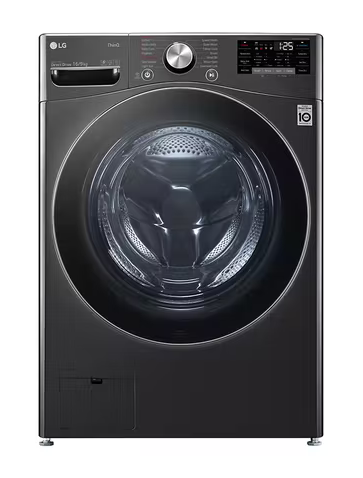
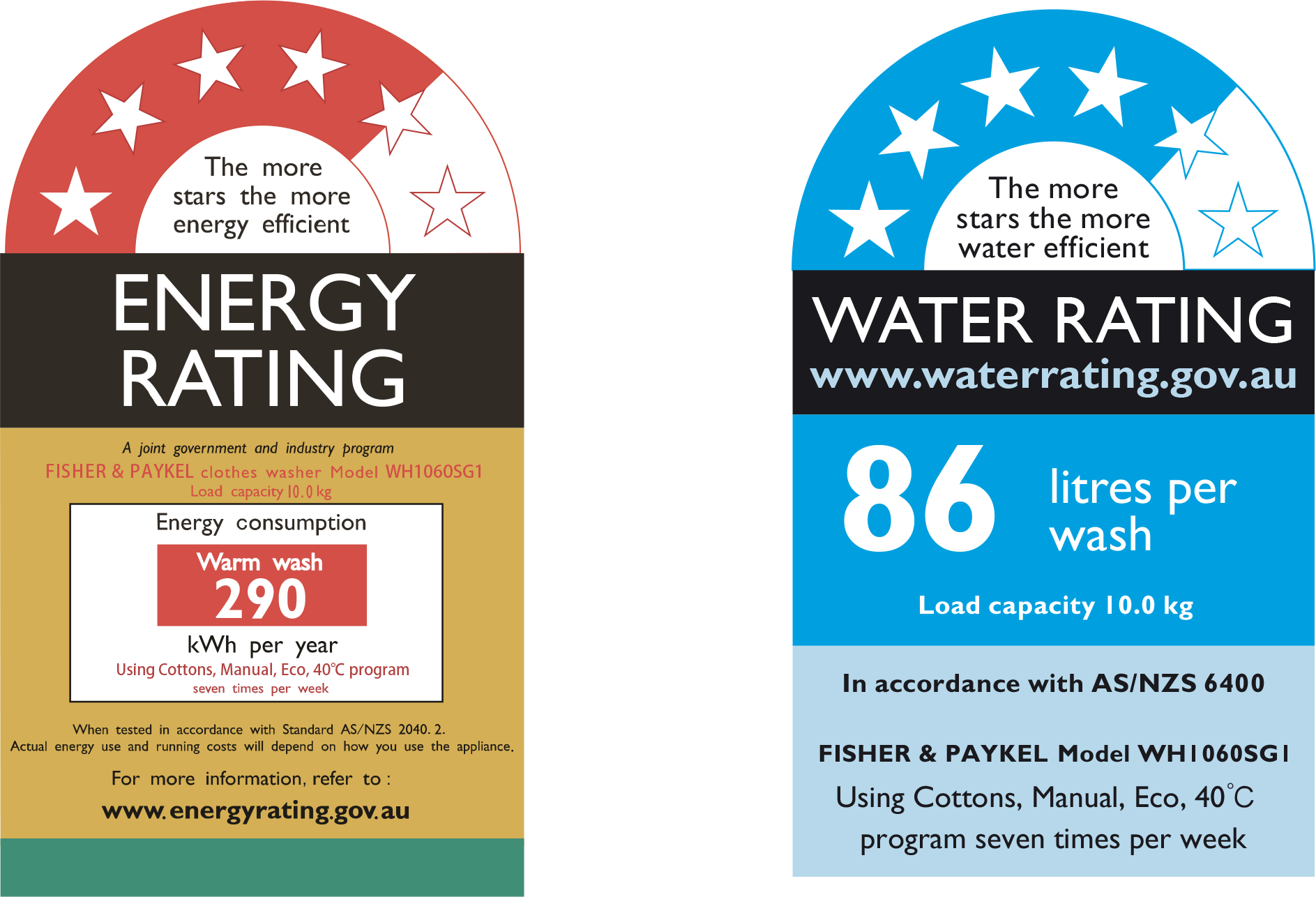

Share this article